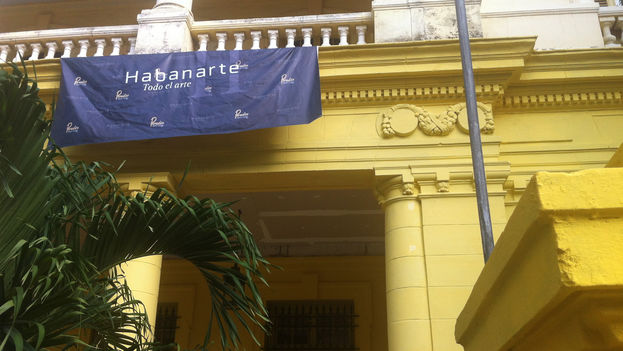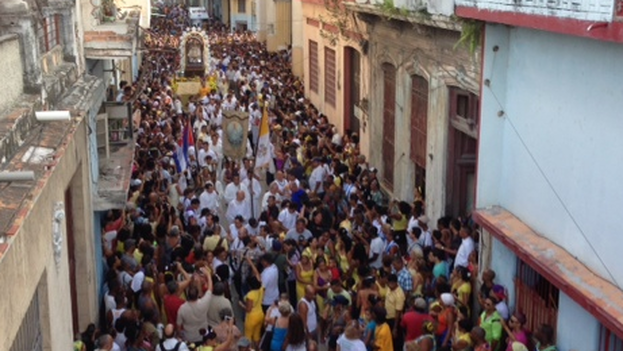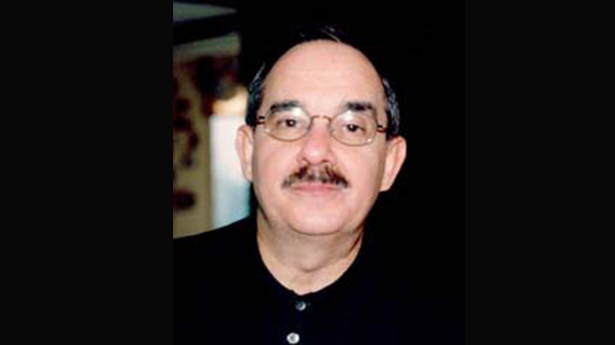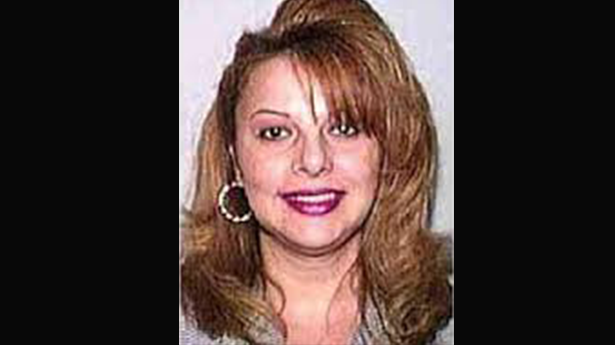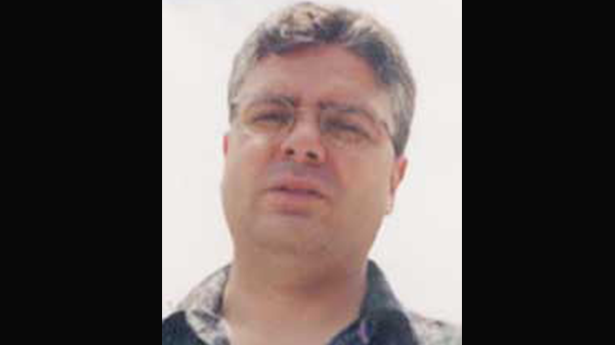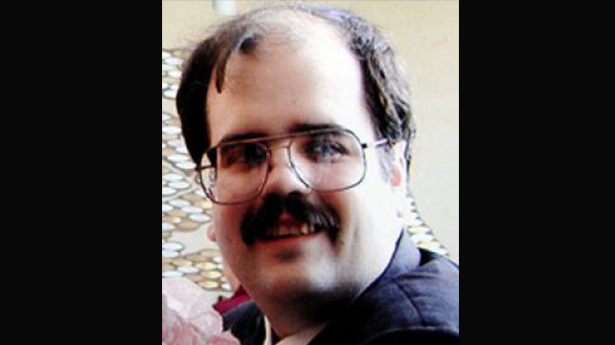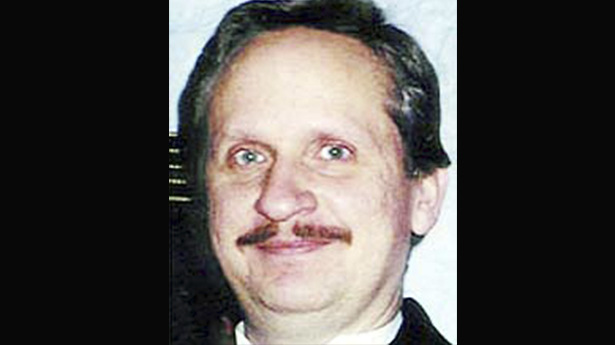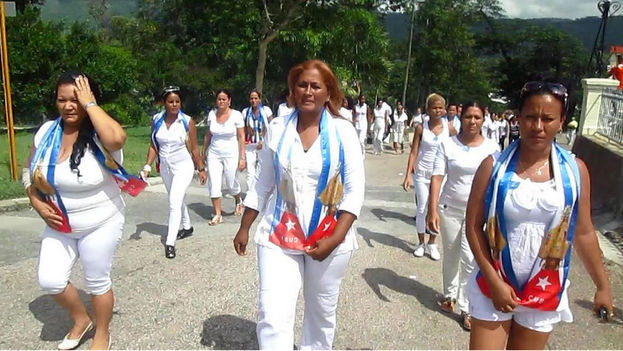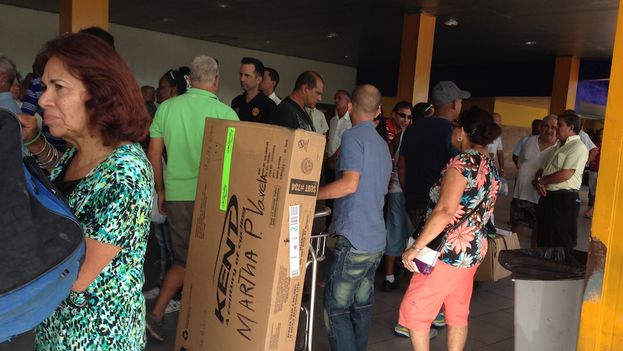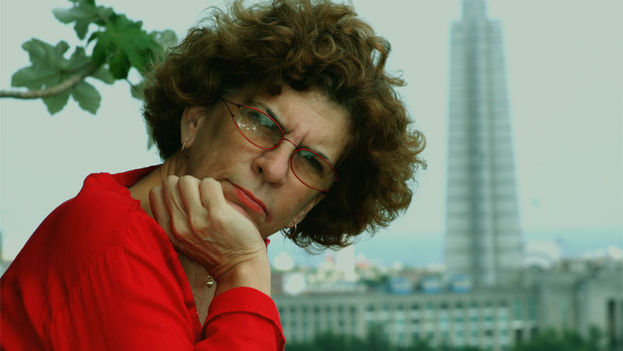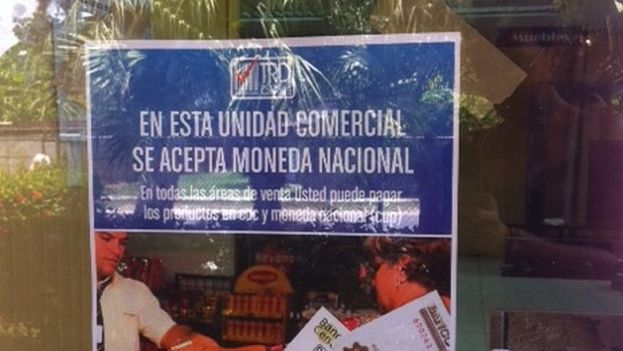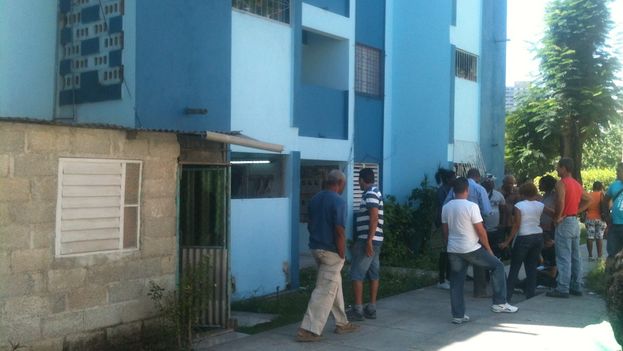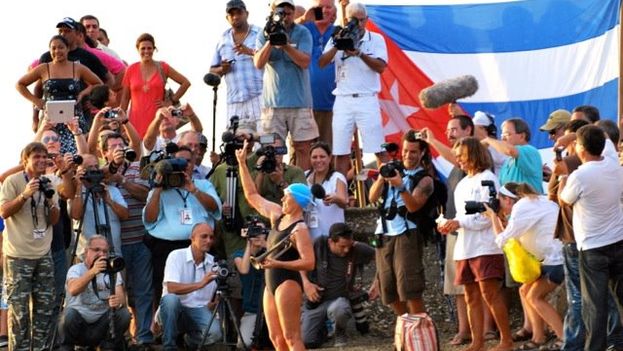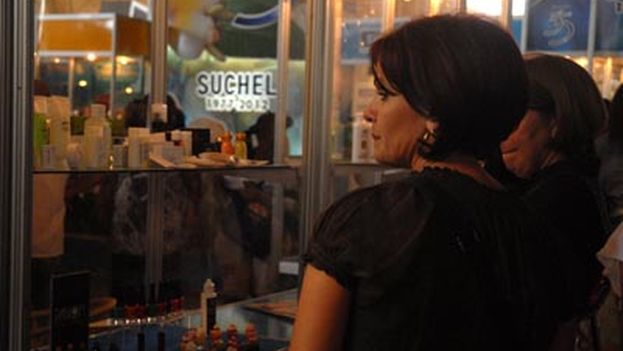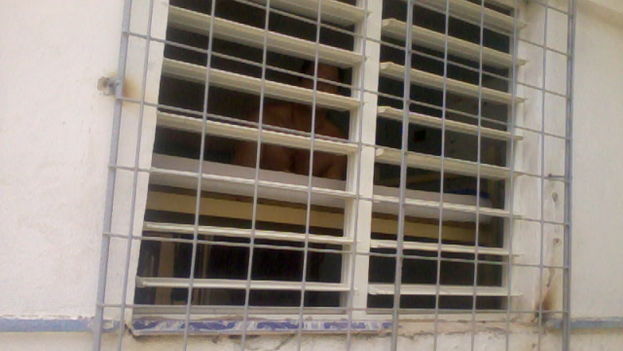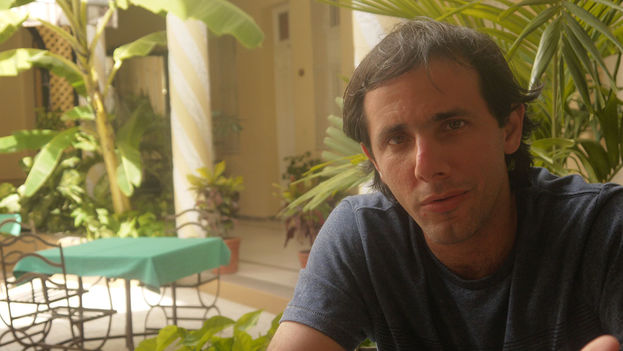This slender, plain-spoken young man has founded two independent publications and has just returned from a cultural exchange program. For years he has been part of the reporting team of the magazine Convivencia (Coexistence), and today he invites the readers of 14ymedio to share the challenges he has faced in his classroom journey.
Later I selected for a research topic the actual level of acceptance enjoyed by the official media in the general population. I was failed, and that report was suggested as possible grounds for my expulsion. Finally, they lowered my grade for poor attendance — a false claim being that the majority of my colleagues had more absences than I did. That was the year my son was born and my professor/advisor had told me, “take care of that and don’t worry about absences.”
My son is now 8 years old – the same age as my problems.
Q: Even so, you tried again…..
A: A year later I was able to enter the University of Santa Clara journalism school. I was the only student who was not a member of the FEU (University Student Federation), and — in the university’s Internet lounge — I learned of the existence of alternative blogs. It was there that we founded a magazine called Abdala*, which we ultimately we named La Rosa Blanca* (The White Rose). We produced it without a computer, but still published five issues, until (another magazine) La Hora de Cuba (Cuba’s Hour) replaced it.
When I completed that course, they failed me for having produced a radio script dealing with the effects of the Huber Matos case on the broadcast media in Camagüey.
Q: Were you allowed to present it?
A: The professor thought it was heresy for me to stir up the case of that Sierra Maestra commander condemned to 20 years in prison for resigning his post. He suggested that I do a project on the journalism of José Martí. So I tackled the censorship suffered by the Apostle** at the hands of the Argentine government for his articles in the newspaper, La Nación. They failed me again, but by that time I had the right to reevaluation.
So I tackled the censorship suffered by José Martí at the hands of the Argentine government for his articles in the newspaper, La Nación.
I went to Camagüey for the weekend and when I returned (to the university) they were waiting to remove me from the premises. They informed me that I had been expelled from the graduate school by virtue of a disciplinary action — nothing ideological, of course!
Four men escorted me to the door and instructed the custodians to keep me from re-entering the building. They also instructed the newspaper Adelante and the Radio Cadena Agramonte station — where I had done my journalism practica — to call the police if I tried to enter.
Q: So that was your definitive goodbye to university classrooms?
A: I don’t surrender easily. In September, 2009, I took the aptitude tests to enroll in the National Institute of Art (ISA), in the school of audio-visual media. I attained the maximum score and was accepted. While at ISA, I worked on the magazine, Convivencia, edited by Dagoberto Valdes in Pinar del Río province. He proposed that I join the Reporting Council and I said yes. I also worked on the independent program Razones Ciudadanas (Civic Reasons).
Another project I participated in while a student at ISA was Hora Cero (Zero Hour). It began after a strike motivated by the bad food we were served. It consisted in staging encounters with persons outside of the institution. Jorge Molina and Gustavo Arcos came, but when we invited Eduardo del Llano, we were obstructed.
In May, 2011, they scheduled me to meet with the dean of ISA, to tell me they had discovered that I had been expelled from the graduate school. At that point I was three days from completing my courses, so I resisted, arguing that the other students should decide my fate. Once again I was removed by force from the premises, in a car that left me at the bus station. So that is the end of my history as a university student, and my obsession with obtaining a degree.
Q: And after the third expulsion?
A: I returned to Camagüey and re-initiated the Hora Cero (Zero Hour) project, at my own risk, in my own home. We started with exhibitions of the photos of Orlando Luís Pardo, a short by Eduardo del Llano, and music by some troubadour friends. Up to now, we have had good attendance by the public. The poet Maikel Iglesias, the theater troupe Cuerpo Adentro, the poet Francis Sánchez, and Eliecer Ávila with his audiovisual work, Un cubano más (Just Another Cuban), have also participated.
To Hora Cero have come university students, professors, neighbors, courageous people who dare to exchange ideas. Some attend who have been instructed to inform about what takes place in these encounters, and others who have been coerced for having received a simple invitation from me to participate.
The first time that State Security visited me, my mother — who at that time was serving on a mission in Venezuela — was threatened. They told her that if she continued supporting me, she could lose the bank account where her salary is deposited. Others have been told that Hora Cero is funded by the CIA.
Q: Have you gone back to your studies?
A: A year ago I heard about a program, Somos un solo pueblo (We Are One People), for young people who have had difficulty pursuing their studies here, and are given the opportunity to do a 6-month course in the United States. Classes in psychology, personal effectiveness, principles of business or sociology, among many others. It was a wonderful experience for me and I learned a lot.
Q: And now?
A: I think I will have my work cut out for me in the next 50 or 60 years, judging by how I see present-day Cuba. If I have any time left over I want to write fiction…but with the way things are, that will have to wait.
Translator’s notes:
* Both of these titles are from the poetry of 19th century Cuban patriot José Martí.
**Martí is referred to as the “Apostle of Cuban Independence”.
Translated by Alicia Barraqué Ellison
